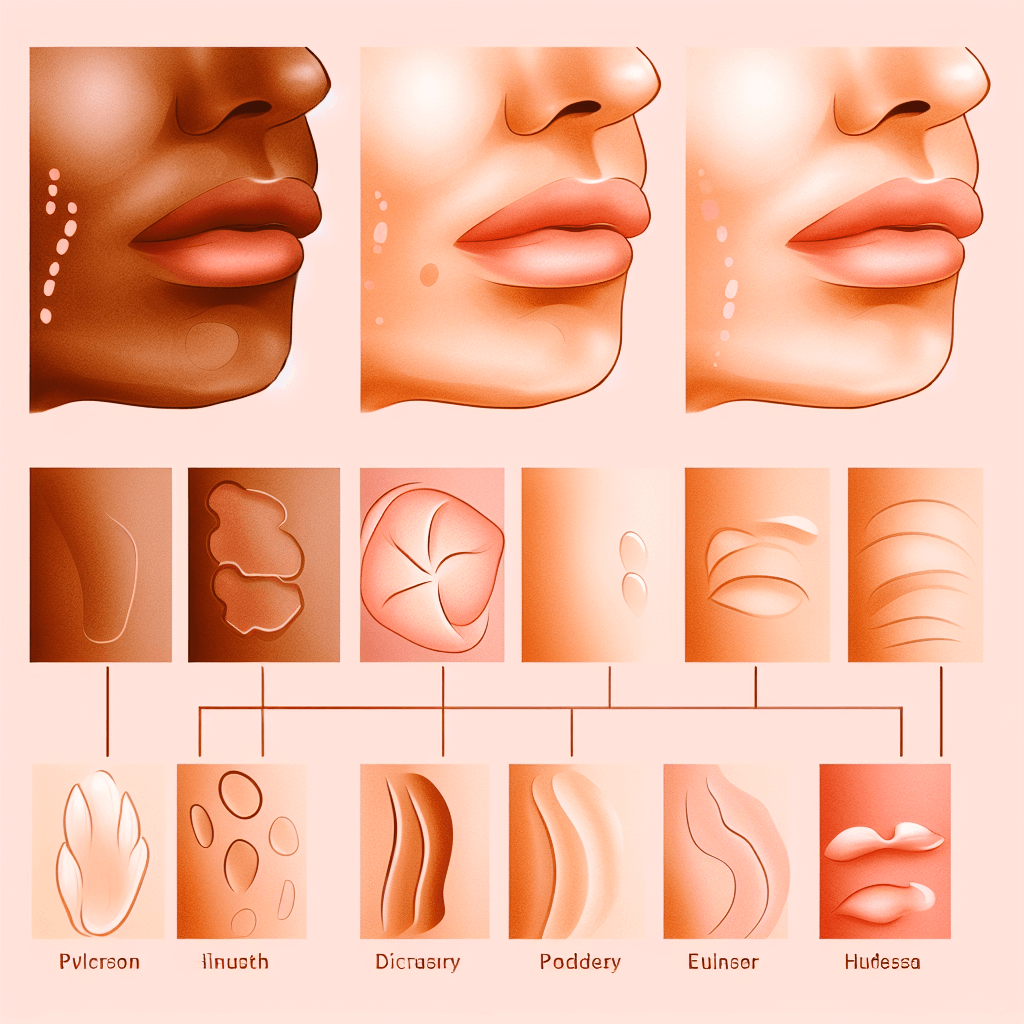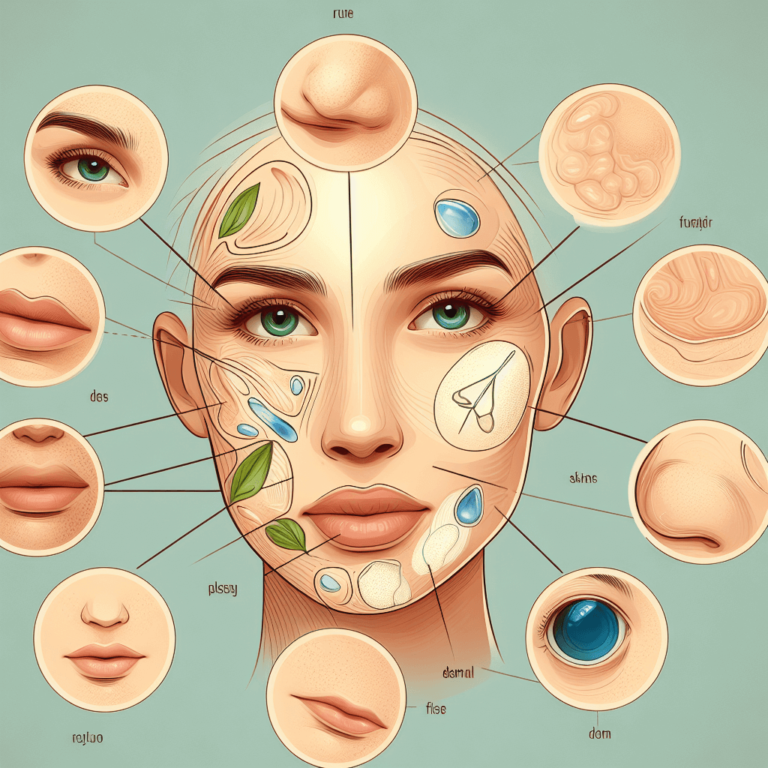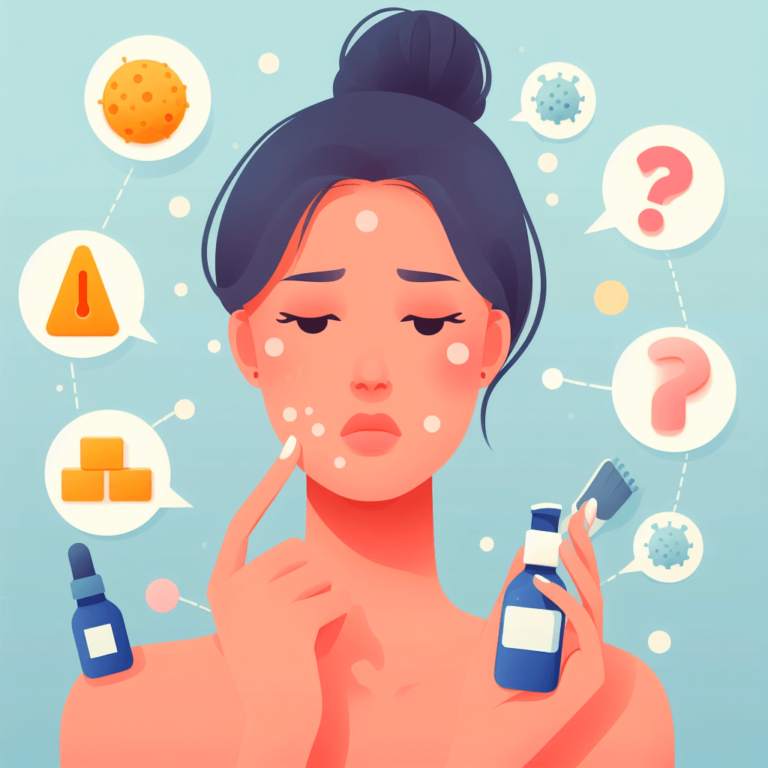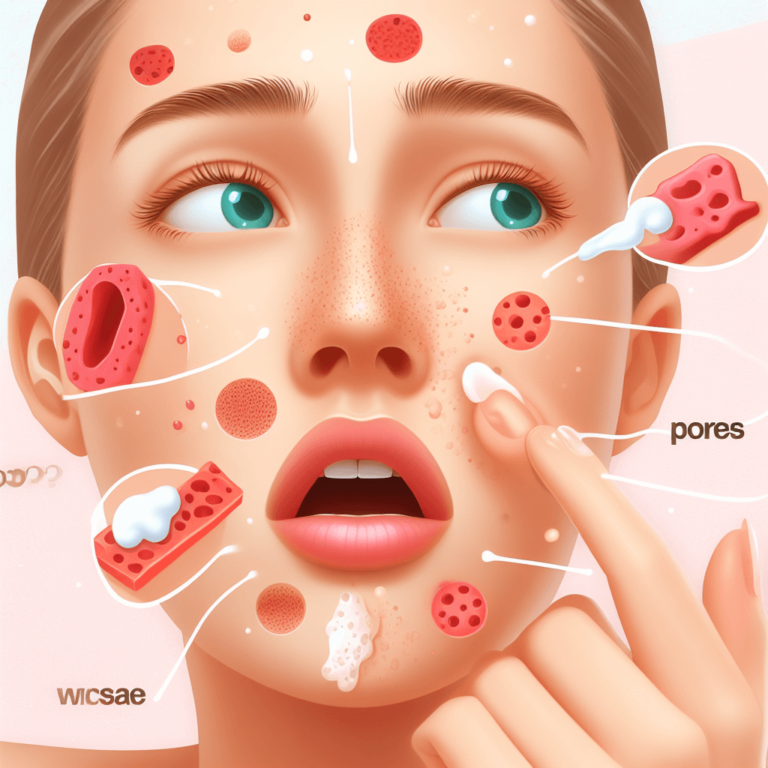Types of Skin Pigmentation
Skin pigmentation refers to the natural color of your skin, but it encompasses a wide array of variations and conditions. Let’s explore different types of skin pigmentation, their characteristics, and what causes these variations in skin tone.

Types, Characteristics and Causes of Skin Pigmentation
1. Melanin and Skin Color
Melanin, a pigment produced by cells called melanocytes, determines skin color. The more melanin present, the darker the skin. Differences in melanin production, distribution, or concentration result in varying skin tones and pigmentation.
2. Hyperpigmentation
Hyperpigmentation occurs when patches of skin become darker than the surrounding areas. It can result from excess melanin production due to sun exposure, hormonal changes (melasma), inflammation, or skin injuries like acne scars.
3. Hypopigmentation
Hypopigmentation refers to areas of the skin that are lighter than the surrounding skin. It can be caused by a decrease in melanin production or loss of pigment-producing cells. Conditions like vitiligo or certain fungal infections can lead to hypopigmentation.
4. Sunspots (Solar Lentigines)
Sunspots, also known as age spots or liver spots, are small, darkened areas on the skin caused by prolonged exposure to the sun’s ultraviolet (UV) rays. They often appear on areas regularly exposed to the sun, like the face, hands, and shoulders.
5. Post-Inflammatory Hyperpigmentation (PIH)
PIH occurs after an inflammatory skin condition, such as acne, eczema, or psoriasis, heals. It appears as darkened areas where the inflammation occurred. People with darker skin tones are more prone to PIH.
6. Albinism
Albinism is a genetic condition characterized by a lack of melanin production. Individuals with albinism have very pale skin, hair, and eyes due to the absence or deficiency of melanin, which protects the skin from UV damage.
Also check our Pore Clogging Ingredients Checker Tool
7. Freckles
Freckles are small, concentrated areas of increased melanin production and are commonly genetic. They are more visible in fair-skinned individuals and often become more prominent with sun exposure.
Final Thoughts
Skin pigmentation encompasses a diverse range of variations, each with its characteristics and underlying causes. While many pigmentation changes are harmless, some might indicate underlying health conditions or require specific care.
It’s essential to protect your skin from sun exposure, especially for those prone to pigmentation changes, and to seek professional advice if concerned about any changes in skin pigmentation.






